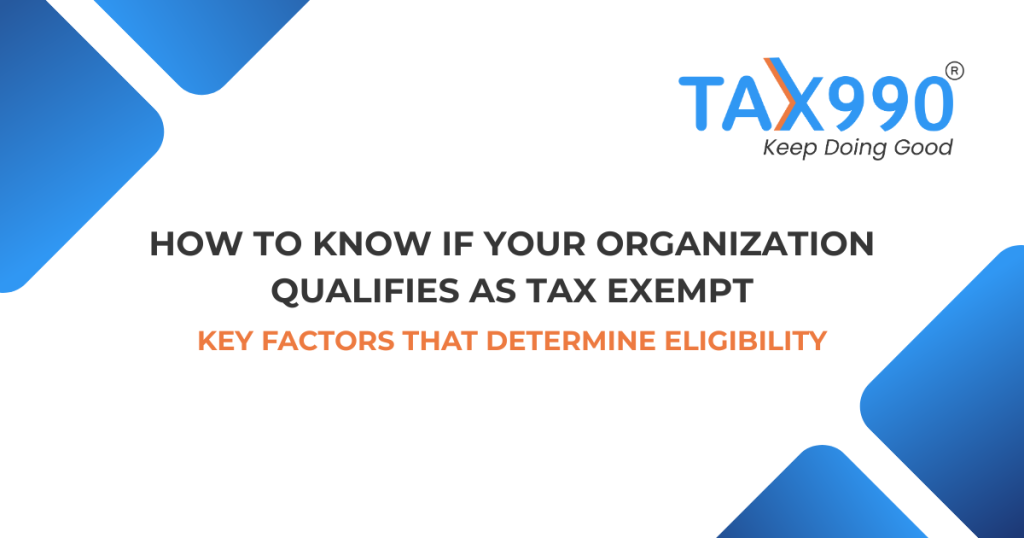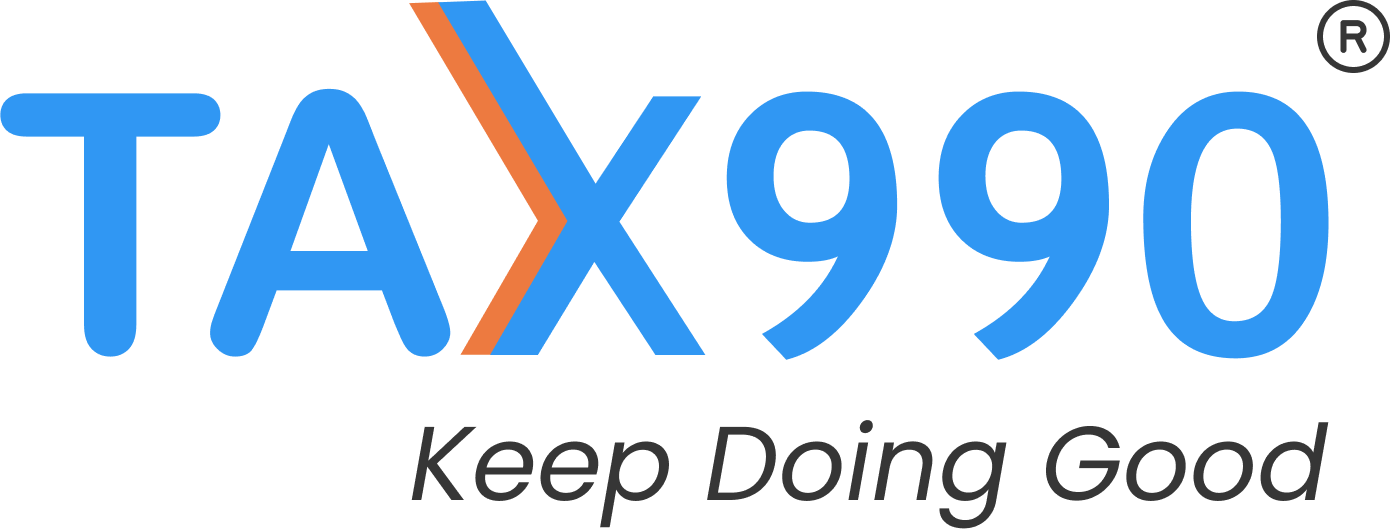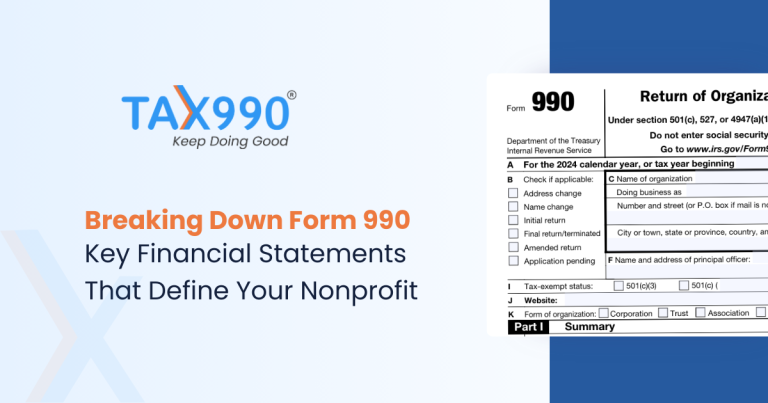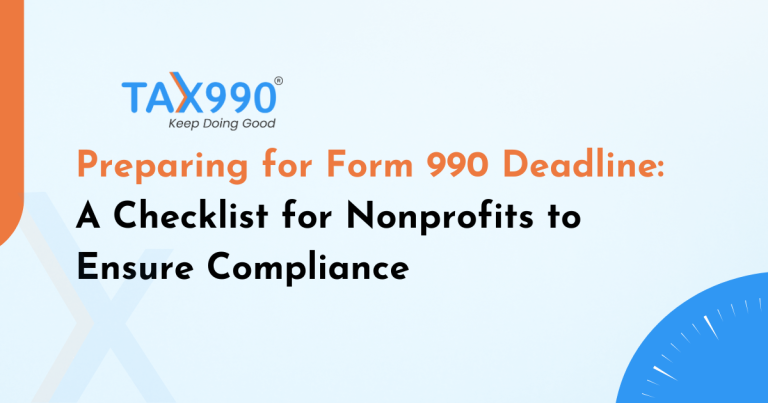How to Know if Your Organization Qualifies as Tax Exempt
Estimated reading time: 9 minute(s)

Are you considering starting a nonprofit or wondering if your existing organization could be tax-exempt? Many people assume that all tax-exempt organizations are nonprofit. When an organization is classified as tax-exempt, it does not always mean that it is a nonprofit organization.
Overall, tax-exempt simply means that an organization is exempt from paying federal corporate income tax on income generated from activities substantially related to the purposes for which the entity was organized. Keep reading to determine your eligibility for tax exemption. Throughout this article, we will elaborate on what tax-exempt status is, who qualifies, and the steps you’ll need to take to classify your organization.
The Purpose of Your Organization
The primary determining factor of your organization’s tax exemption comes from the type of organization and its purpose. Listed in the chart below are common tax-exempt organizations. If your organization is not listed on the chart, visit this IRS site and use their Tax Exempt Organization Search (TEOS) tools to determine if your organization falls within the tax exemption category.
| Common Tax Exempt Organizations | |
|---|---|
| Charitable Organizations | – Religious – Charities – Scientific – Literary – Educational |
| Social Welfare Organizations | – Civic betterment – Neighborhood associations – Community advocacy groups – Political Activity (limited) |
| Agricultural or Horticultural Organization | – Crop improvement associations – Livestock breeding associations – Cooperative irrigation associations – Agricultural fairs or exhibitions |
| Social Clubs | – Fraternities/Sororities – Country clubs/golf clubs – Ethnic or Nationality-based social clubs |
| Employee Benefit Associations | – Health/Life insurance benefits – Disability income – Unemployment benefits – Severance pay |
| Veterans’ Organizations | – American Legion – Disabled American Veterans (DAV) – AMVETS (American Veterans) |
Allocation of Profits
One identifier to know if your organization qualifies as tax-exempt is if profits go back into the organization. These organizations are not permitted to have profits return to any stakeholders or business owners. According to the IRS, “To be tax-exempt under section 501(c)(3) of the Internal Revenue Code, an organization must be organized and operated exclusively for exempt purposes set forth in section 50(c)(3), and none of its earnings may inure to any private shareholder or individual.”
Ongoing Compliance
To maintain a tax-exempt status, organizations must complete the key components of ongoing compliance. One key component is filing your Form 990 annually. Along with this, the Form 990 and application for exemption must be available to the public to be considered compliant. All activities within the organization must correlate with the overall mission. Maintaining financial records, donations, records of meetings, and good governance practices are also important in maintaining tax-exempt status.
Conclusion
Determining whether your organization is tax-exempt is crucial to maintain compliance with the IRS. Overall, this protects your organization and enhances your credibility when working with donors and the public. Keep in mind that the deadline to file Form 990, 990-EZ, and 990-PF is May 15th (the fifth month after the end of your organization’s accounting period). If you are unsure or hesitant, don’t hesitate to contact a tax professional or reach out to the IRS.
If your organization qualifies as tax-exempt, start filing with Tax990 today!




Leave a Comment